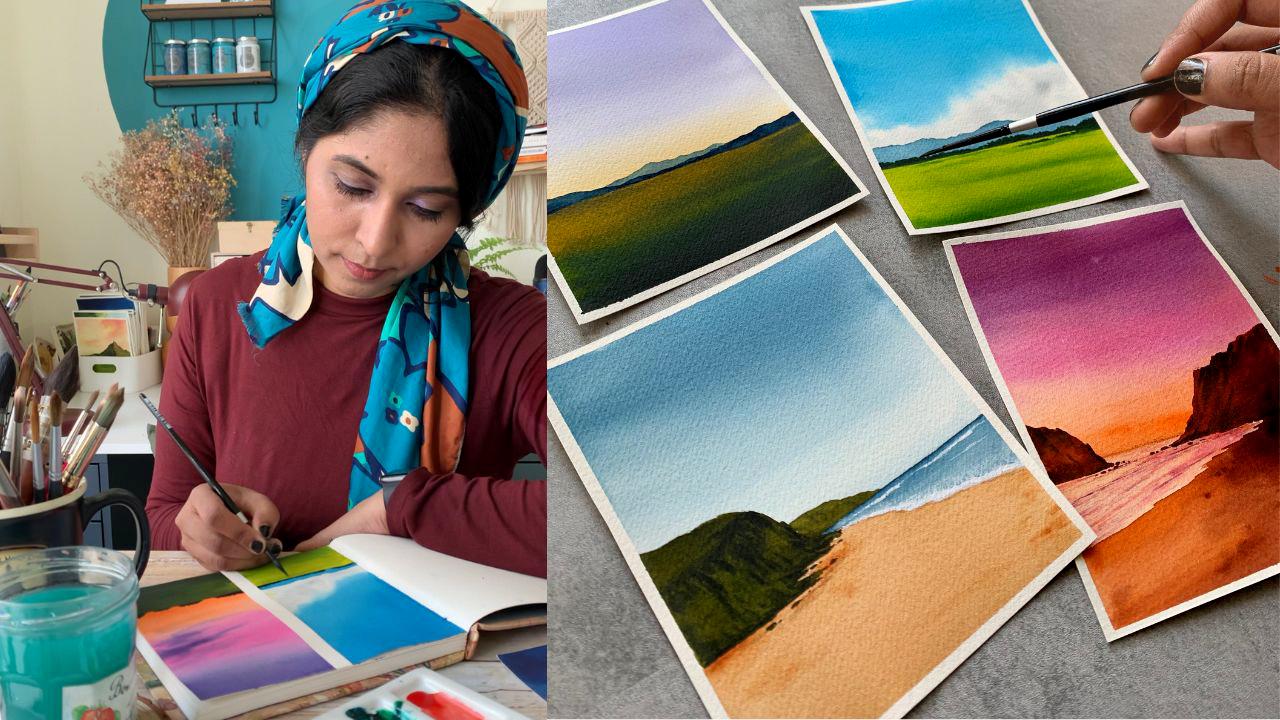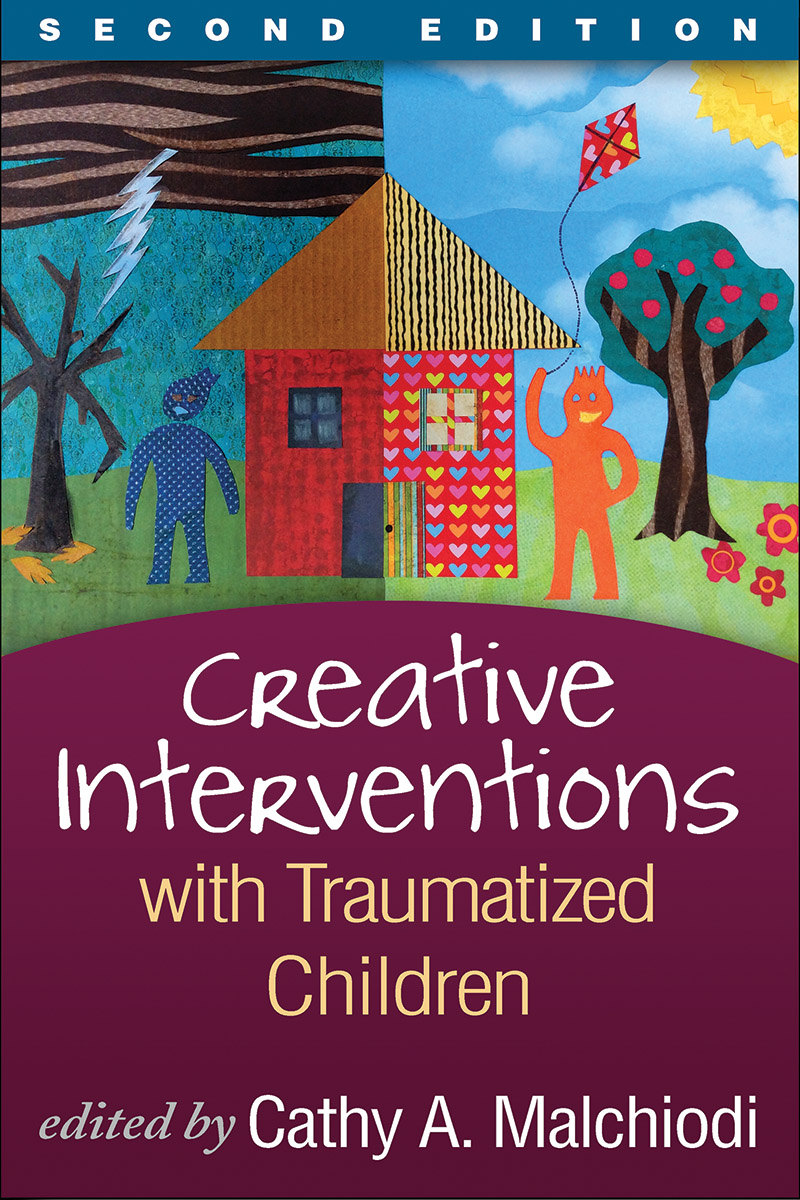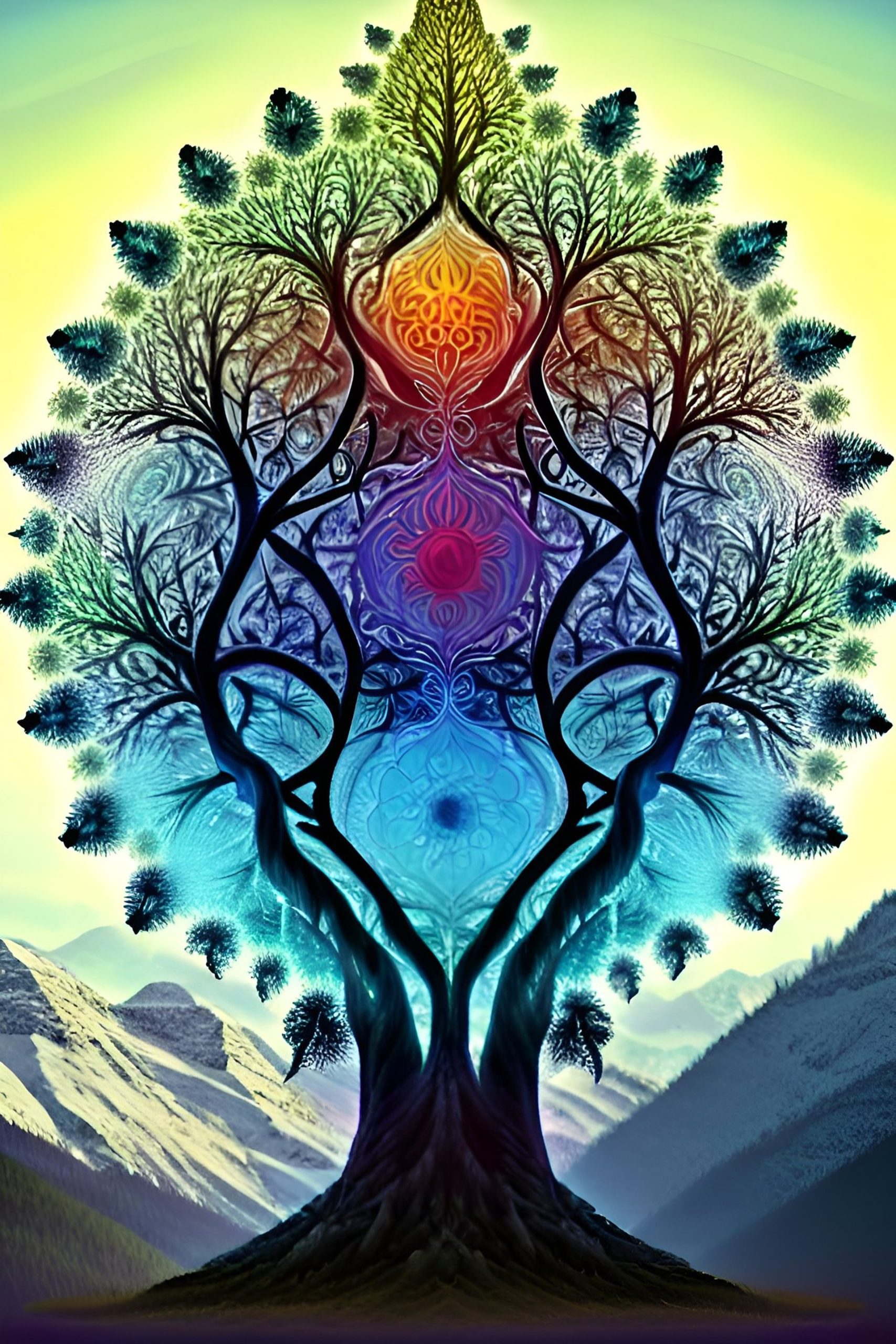The Influence of Art on Mental Health: How Artistic Expression Can Be Therapeutic
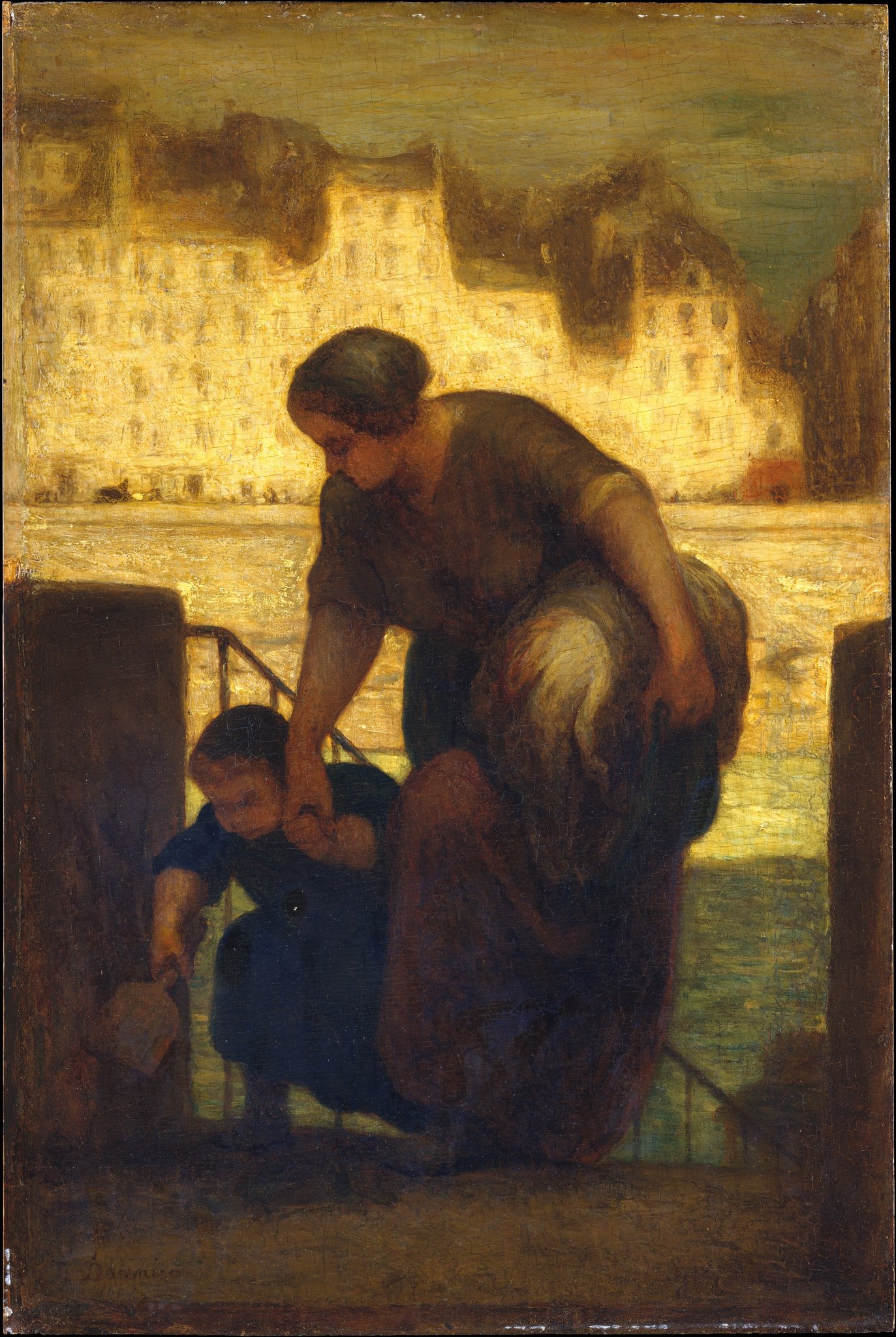
The Impact of Artistic Endeavors on Human Experience
The realm of art possesses the remarkable ability to influence and enrich human life in profound and multifaceted ways. Beyond serving as a vehicle for personal expression, art stands as a transformative force in the realm of mental well-being. A growing body of evidence underscores that engaging in artistic activities offers substantial mental health advantages, making it clear that creativity is not just a luxury, but an essential component of holistic health.
Benefits of Art on Mental Health
Artistic expression manifests therapeutic qualities that contribute to emotional and psychological healing. Here are some notable benefits of engaging in art:
- Emotional Release: Many individuals find that art acts as a safe haven for expressing complex feelings—such as grief, anger, and joy—that may be challenging to articulate verbally. For example, a person grieving a loss may find solace in painting or drawing, capturing their emotions on canvas in a way that words cannot convey.
- Stress Reduction: The act of creating art has been shown to lower cortisol levels, thereby reducing stress and fostering a state of calm. Research from the University of Utah indicates that spending just 45 minutes engaged in artistic activities like drawing or crafting can significantly lower stress levels, promoting a sense of relaxation and focus.
- Social Connection: Art often serves as a bridge, connecting individuals with others in their community. Joining art classes or workshops fosters a sense of belonging, where participants can share their experiences and inspirations, facilitating communal support. This is especially important in diverse cities across the United States, where art workshops can unite people from different backgrounds through shared creative experiences.
- Improved Self-Esteem: Completing an artistic project brings about a sense of achievement, enhancing self-worth and confidence. For instance, individuals who share their artwork in community exhibitions often report a boost in self-esteem and an increased willingness to engage in other social activities.
Numerous studies highlight that individuals involved in art therapy report not only improvements in anxiety and depression but also an overall enhancement in quality of life. Hospitals, mental health clinics, and community centers across the United States are increasingly embracing art as a crucial element of integrated care, recognizing its potential to facilitate healing.
Art Therapy: A Growing Field
The field of art therapy has seen remarkable growth in recent years, becoming a recognized modality within the mental health profession. This therapeutic practice empowers individuals to navigate their feelings through creative channels. Participants can explore various forms of artistic expression, each with its unique therapeutic benefits:
- Painting and Drawing: These mediums facilitate emotional exploration, allowing individuals to convey complex emotions through colors and shapes, unveiling layers of their inner worlds.
- Music and Dance: Engaging with rhythm, melody, and movement offers a unique outlet for expression, allowing individuals to tune into their emotional states physically and energetically.
- Writing: Journaling and creative writing serve as powerful tools for reflection and self-discovery. Expressing thoughts and experiences through words can streamline the processing of emotions and inspire personal growth.
This burgeoning field encourages us to delve deeper into the intricate relationship between art and mental health. By examining how artistic expression can pave the way for healing, individuals not only uncover pathways to recovery but also cultivate opportunities for transformative personal growth. Ultimately, art becomes not just a form of self-expression but a vital part of thriving mentally and emotionally.
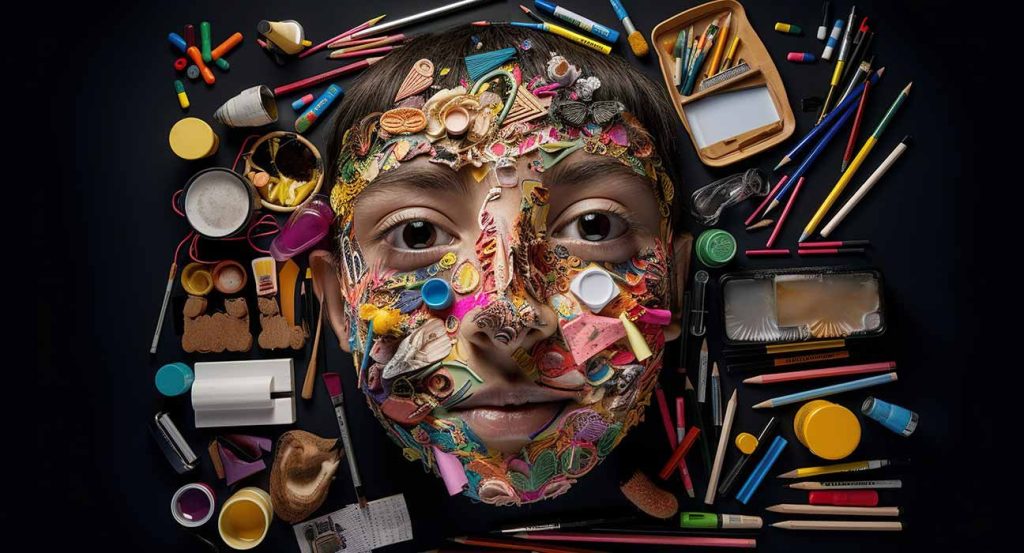
DISCOVER MORE: Click here to uncover the transformative power of art
The Therapeutic Value of Creative Outlets
In a world that often prioritizes productivity over emotional well-being, the role of artistic expression in fostering mental health cannot be overstated. Engaging in creative activities stimulates neural pathways that enhance emotional regulation and psychological resilience. It creates a space where personal narratives, unfiltered thoughts, and unresolved emotions can be explored and understood, which serves to alleviate mental distress. The therapeutic value of art is becoming a focal point in contemporary discussions about mental health, shedding light on how creativity can lead to profound psychological benefits.
Art as a Vehicle for Healing
Art has been recognized as a powerful therapeutic tool, where individuals can process their experiences and emotions through a creative lens. The effects of art on mental health encompass various domains:
- Expression of Untold Stories: Art allows individuals to weave their personal stories into compelling narratives. Whether it is through visual arts, music, or writing, the process can liberate thoughts and feelings that may otherwise remain suppressed. For example, a veteran suffering from PTSD may find a breakthrough in healing by creating visual representations of their experiences, fostering conversations that facilitate recovery.
- Cognitive Flexibility: Artistic practices encourage adaptability in thought processes, allowing for new perspectives during challenging times. Engaging in creative tasks helps individuals approach problems more innovatively and helps in re-framing stressful situations.
- Mindfulness and Presence: Many forms of art require focus, drawing individuals into the present moment. This practice can cultivate mindfulness, which is known for its mental health benefits, including decreased anxiety and a greater sense of peace. An individual may find clarity in a chaotic world through the simplicity of a brushstroke or the rhythm of a dance.
- Physical Well-being: The connection between physical and mental health is well-documented. Artistic activities such as pottery or dance not only engage the mind but also involve physical movement, which helps release endorphins. This idea is supported by research indicating that people who engage in physical expressions of art report not just mental clarity but also improved overall well-being.
As the stigma surrounding mental health continues to dissipate, the integration of art therapy into treatment plans highlights a pivotal shift in how we approach mental health care. Increasingly, mental health professionals are recognizing the benefits of art as a formal therapeutic tool, allowing clients to connect with their inner self while addressing emotional challenges. With art therapy sessions available in various settings, from schools to rehabilitation centers, the potential for positive mental health outcomes is genuinely vast.
Case Studies and Real-life Applications
Numerous real-world applications exemplify the impact of art therapy on mental well-being. Consider the success of programs in facilities like the Kaiser Permanente in California, where patient feedback has consistently shown significant improvements in emotional outlook after participating in art therapy sessions. Practitioners note that those who engage in artistic expression demonstrate enhanced coping strategies and more substantial emotional resilience.
This growing body of evidence reiterates that engaging in art and creative expression is not just a means of social interaction but a transformative aspect of mental health treatment—one that emphasizes emotional healing as much as physical recovery. As we continue to explore the relationships between art and mental health, the narrative remains captivating; art is not merely a refuge but a crucial ally in our journey toward holistic wellness.
The Influence of Art on Mental Health: How Artistic Expression Can Be Therapeutic
Artistic expression serves as a powerful tool for enhancing mental well-being, providing individuals with a unique medium to explore their emotions and experiences. The therapeutic nature of art can be observed in various forms, from painting and sculpture to music and dance. Engaging in these creative activities fosters a profound connection between the mind and body, allowing individuals to express thoughts and feelings that may be difficult to articulate verbally.One notable advantage of art therapy is its accessibility. People from all walks of life can engage in artistic creation, regardless of their background or skill level. This inclusivity creates a safe space for emotional exploration and healing. For example, studies have shown that individuals struggling with anxiety and depression often experience reduced symptoms after participating in art-based interventions. The act of creation helps to release pent-up emotions, facilitating a cathartic process that can lead to healing and self-discovery.Furthermore, artistic expression enhances cognitive function. When engaging in creative activities, individuals often tap into their imaginations, which can improve critical thinking and problem-solving skills. The mental engagement involved in creating art stimulates the brain, ushering in a state of flow that encourages focus and productivity. This mental engagement can be especially beneficial for those dealing with cognitive disorders, as it promotes neural connections and brain plasticity.Additionally, art can serve as a valuable medium for social connection. Group art therapy sessions cultivate a sense of community and belonging, reducing feelings of isolation often experienced by those with mental health issues. Through collaborative projects, individuals can share their experiences and support one another in their healing journeys. In summary, the therapeutic potential of artistic expression extends beyond mere creativity. It offers emotional release, cognitive enhancement, and social connection, highlighting the profound influence of art on mental health. Engaging with art provides an avenue for individuals to navigate their mental wellness, making the exploration of this topic increasingly relevant in today’s society.
| Advantages of Art Therapy | Description |
|---|---|
| Emotional Expression | Art encourages individuals to express complex emotions that might be hard to convey through words. |
| Stress Relief | Engaging in artistic activities can significantly reduce stress and promote relaxation. |
DISCOVER MORE: Click here to dive into the benefits of music therapy</p
The Impact of Art on Emotional Resilience
As we delve deeper into the connection between artistic expression and mental health, one cannot ignore the powerful impact art has on emotional resilience. In times of crisis, individuals often look for ways to cope and regain a sense of control over their lives. Art serves as a crucial mechanism for self-affirmation and growth, letting individuals find strength in vulnerability. In this section, we will explore how different art forms contribute to emotional resilience and foster healthier coping strategies.
The Healing Power of Visual Arts
Visual arts, such as painting and sculpture, encourage individuals to externalize their emotions, making complex feelings more tangible. According to a study published in the journal Art Therapy, participants who engaged in painting reported reductions in anxiety and depressive symptoms. The act of applying color and texture can symbolize emotional release, allowing the artist to physically manifest their feelings onto canvas. One poignant example is the use of art in hospice care settings, where patients find solace in creating and sharing their art, often resulting in improved emotional states and life satisfaction during their final days.
The Resonance of Music Therapy
Music, another influential form of artistic expression, can penetrate emotional barriers in ways that words often cannot. Research indicates that listening to or creating music can stimulate the brain’s reward pathways, releasing dopamine, a neurotransmitter responsible for feelings of pleasure and satisfaction. Numerous studies have shown the effectiveness of music therapy in treating various mental health conditions, including depression, anxiety, and PTSD. For example, the American Music Therapy Association highlights case studies where veterans and trauma survivors have utilized musical expression to reclaim their narratives, facilitating emotional healing through songwriting and performance.
Creative Writing as a Therapeutic Tool
Writing, whether through journaling, poetry, or storytelling, is a powerful means of processing thoughts and emotions. Research from the University of Texas has found that expressive writing can lower emotional distress and improve overall well-being. Many therapeutic settings utilize journaling as a foundational technique, allowing individuals to articulate their thoughts and experiences in a safe space. Notably, programs aimed at adolescents struggling with mental health issues have employed creative writing workshops, yielding positive feedback both in participants’ emotional regulation and peer relationship improvement.
Art and Community Connection
Beyond individual benefits, artistic expression fosters community and connection, a vital component of mental health. Community art projects, such as mural painting or community theatre, provide opportunities for individuals to come together, forge relationships, and support each other. Research suggests that social isolation significantly contributes to various mental health disorders, making community-based artistic initiatives essential. Programs across the United States, such as Art for the People in Austin, Texas, aim to engage disenfranchised communities through art, boosting morale and reinforcing social ties that can mitigate feelings of loneliness and despair.
The integration of art into mental health interventions reveals promising pathways to recovery and wellness. By recognizing and expanding upon the multifaceted impact of artistic expression, mental health professionals can harness its full potential to uplift individuals struggling with their mental health, fostering resilience and a shared sense of purpose within communities.
DISCOVER MORE: Click here to unlock the secrets of gardening as an art
Conclusion
In conclusion, the transformative power of artistic expression on mental health is profound and multifaceted. From visual arts that provide an emotional outlet to music and creative writing that tap into deep-seated feelings, the therapeutic benefits of art are well-documented and increasingly utilized in various mental health settings. Therapeutic modalities that incorporate art not only offer individuals a means of expression but also help in forging connections with others, creating a community of support that is essential for healing.
By engaging with art, individuals can navigate their internal landscapes, confront challenges, and articulate their experiences, aiding in emotional resilience and stability. Programs that encourage community involvement through art initiatives have also shown promise in alleviating social isolation, thus fostering an environment where individuals feel connected and empowered. The case studies and statistical evidence highlight the growing recognition of art as a viable component of mental health care, underscoring its importance in enhancing well-being.
As we continue to explore the intersection of art and mental health, it becomes crucial for mental health professionals and communities to integrate these creative outlets into recovery programs. The future holds great potential for expanding access to artistic therapies, allowing more individuals to experience the healing benefits of art. Ultimately, by embracing the therapeutic qualities of artistic expression, we can pave the way for a deeper understanding of mental health and promote holistic pathways toward recovery and happiness.
